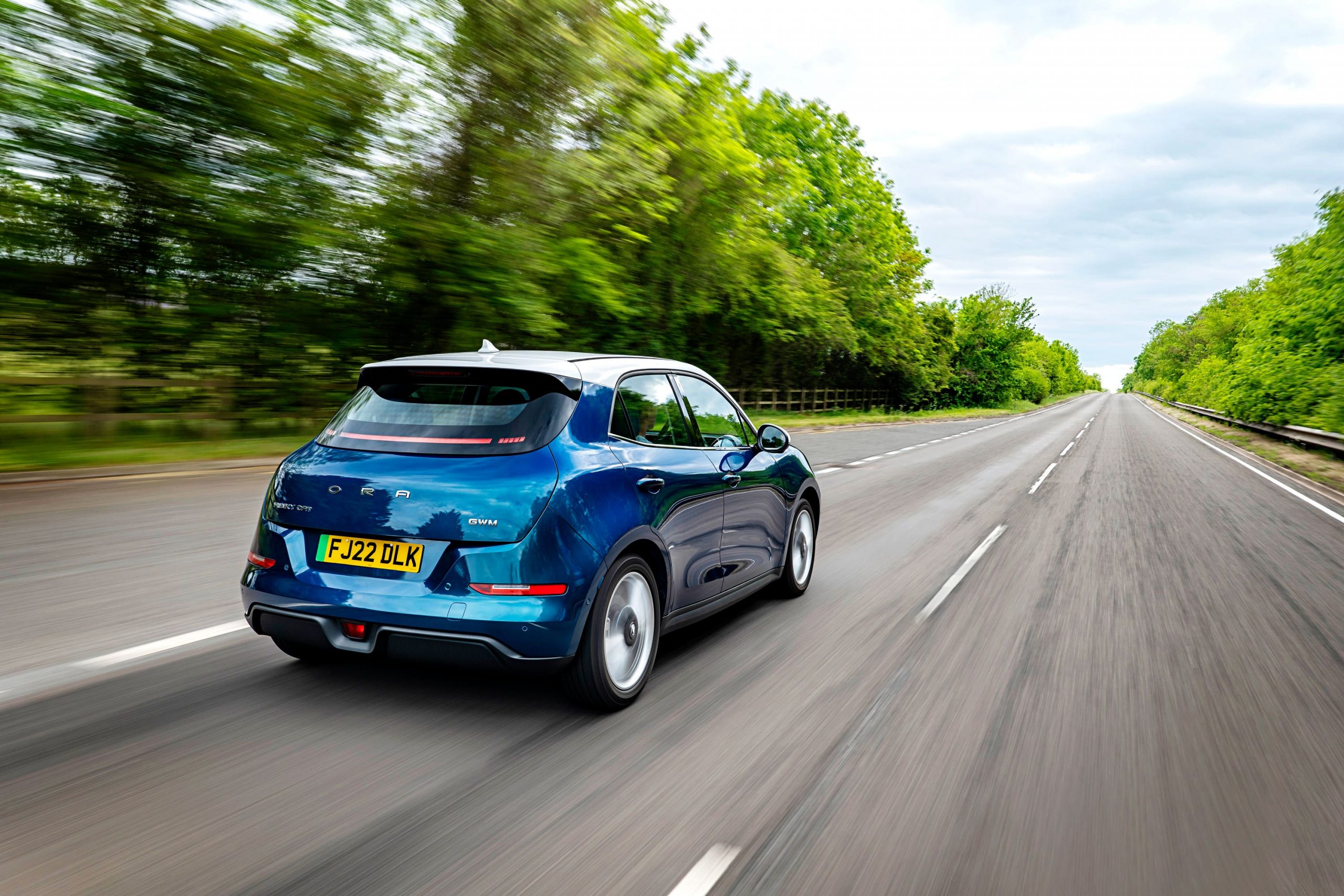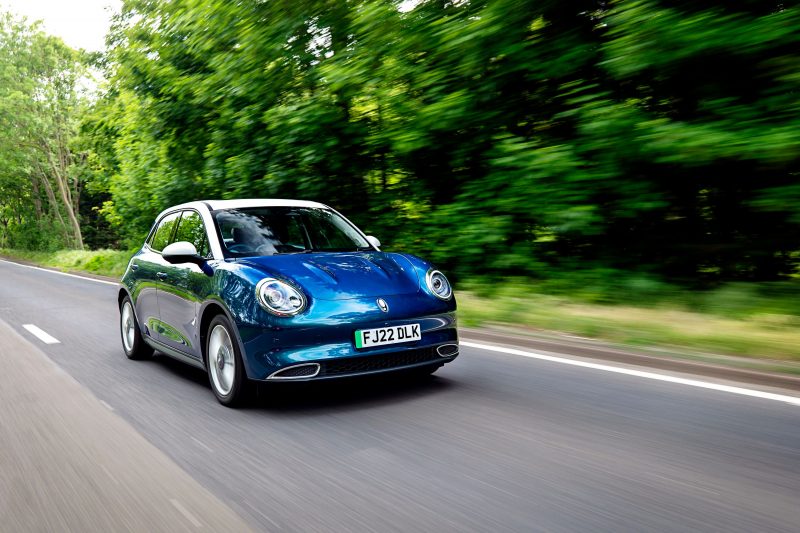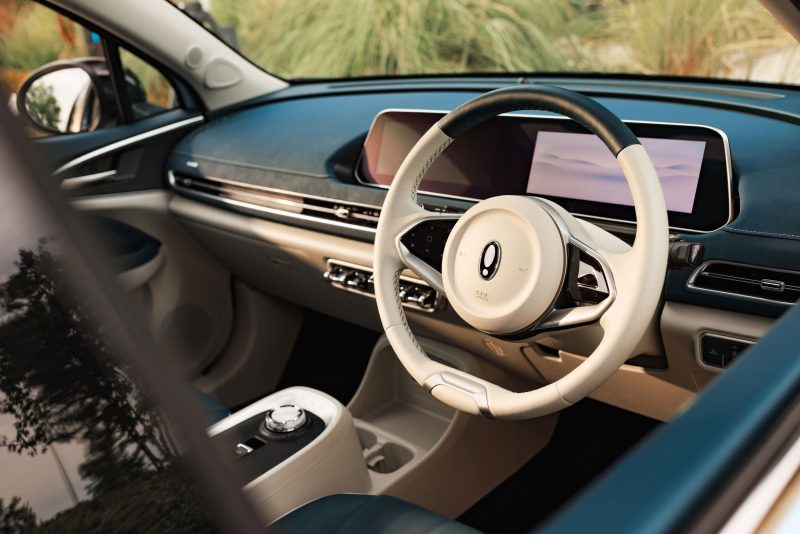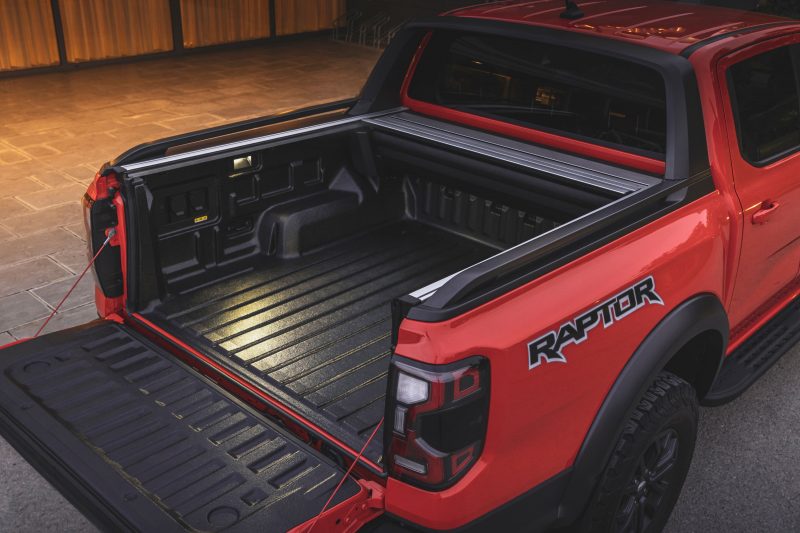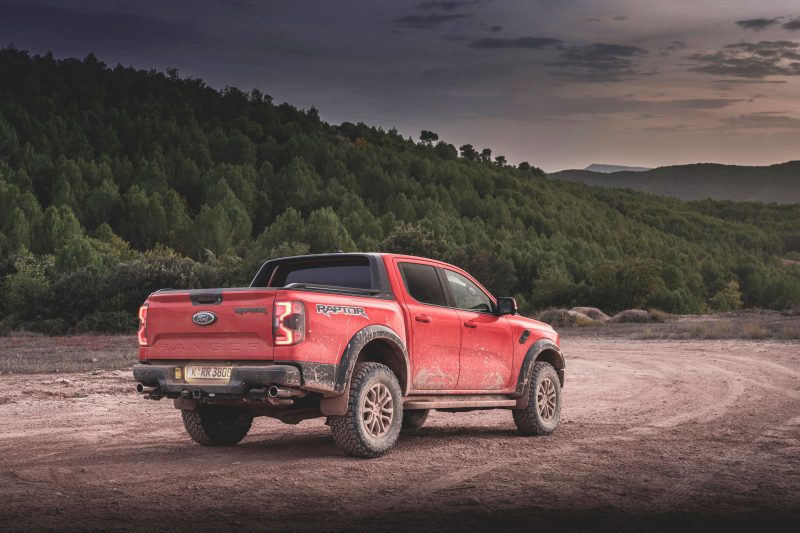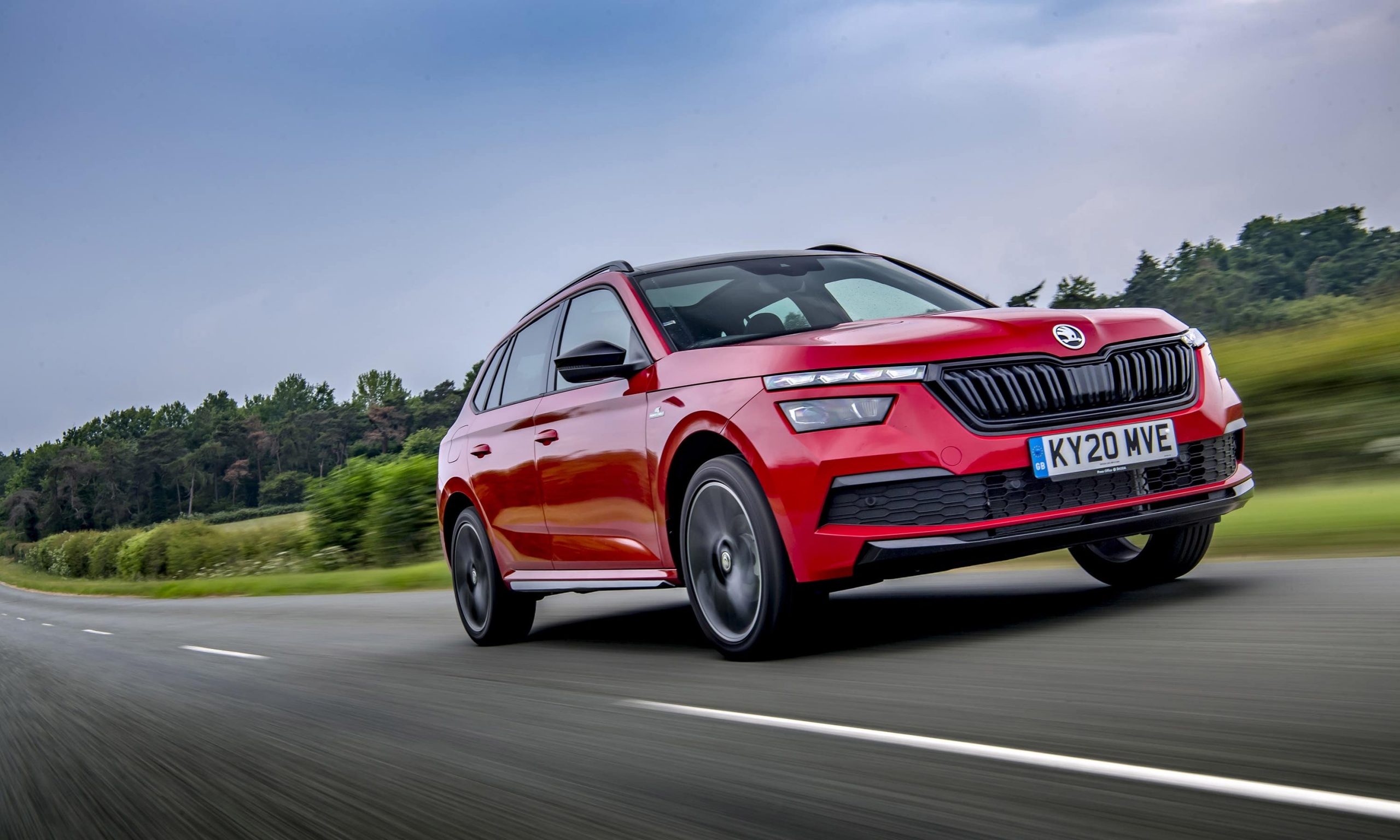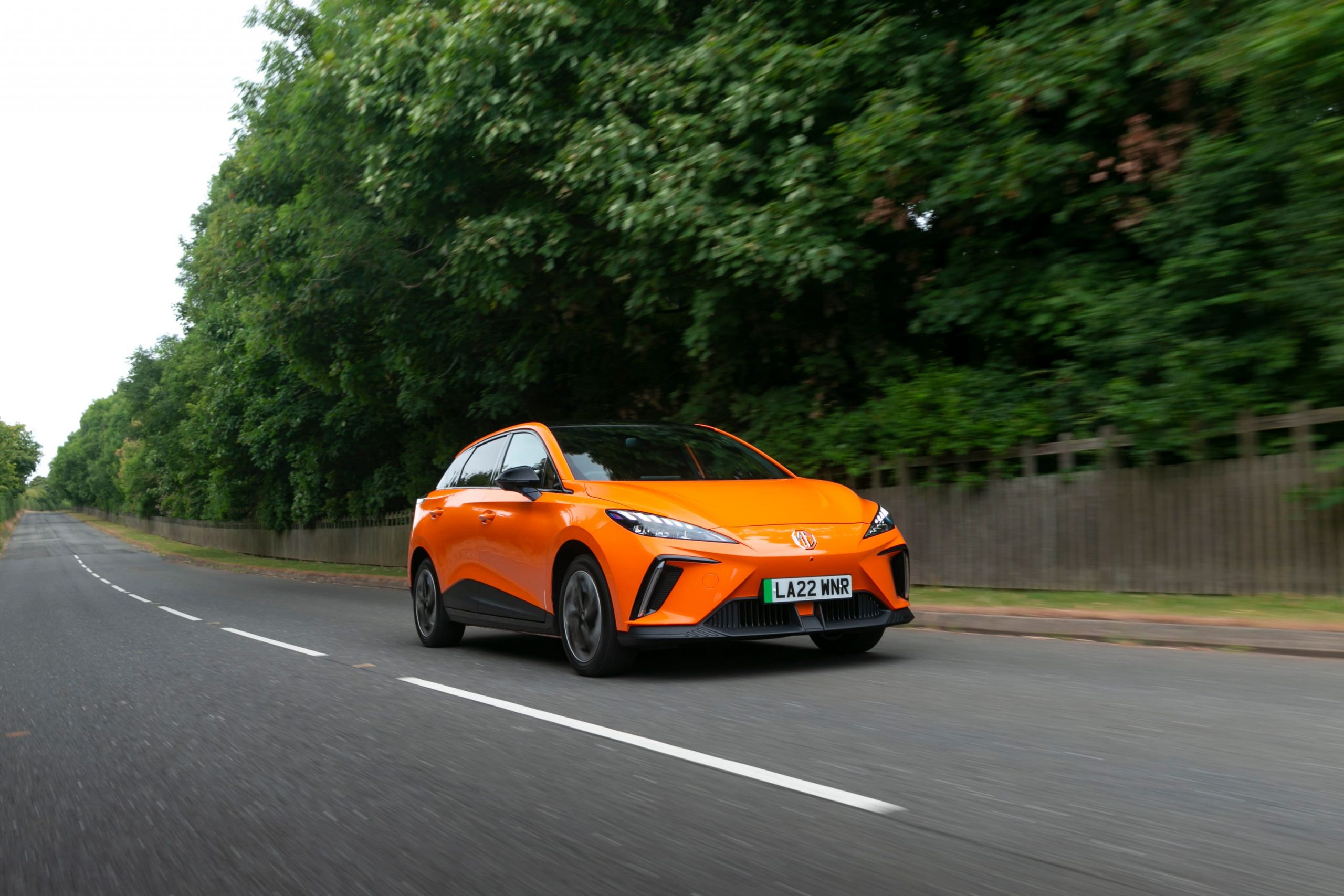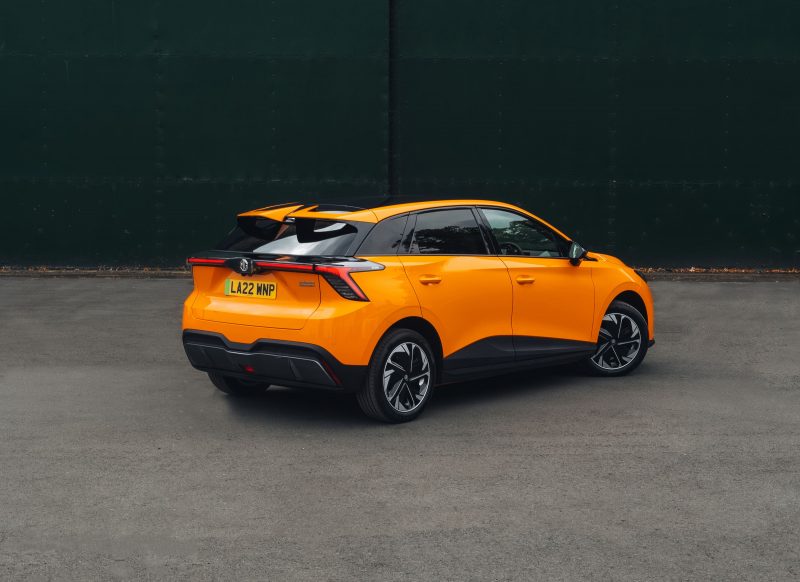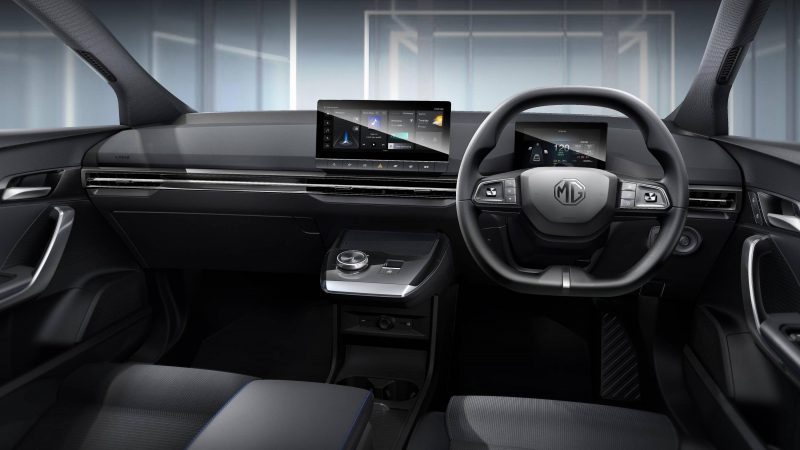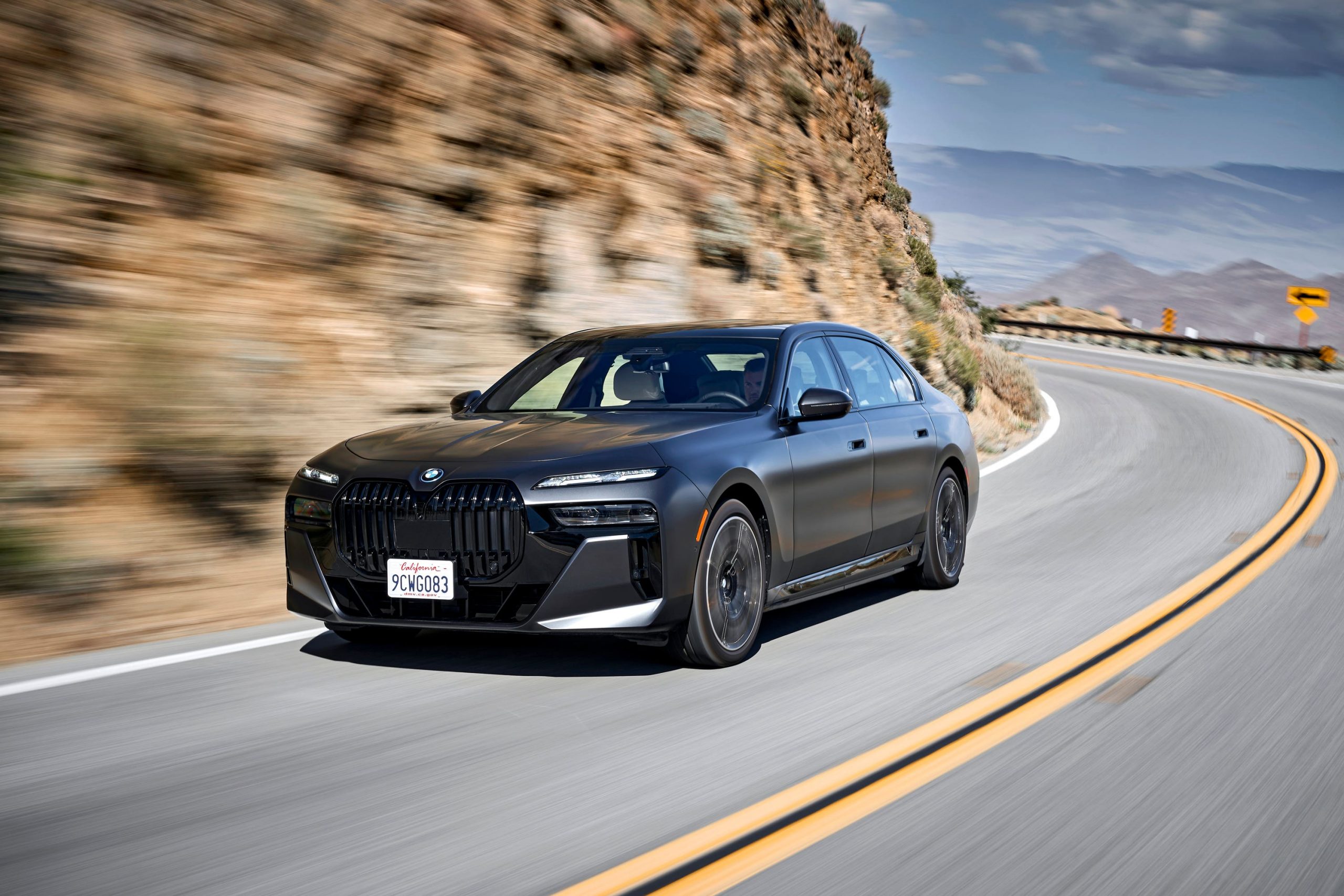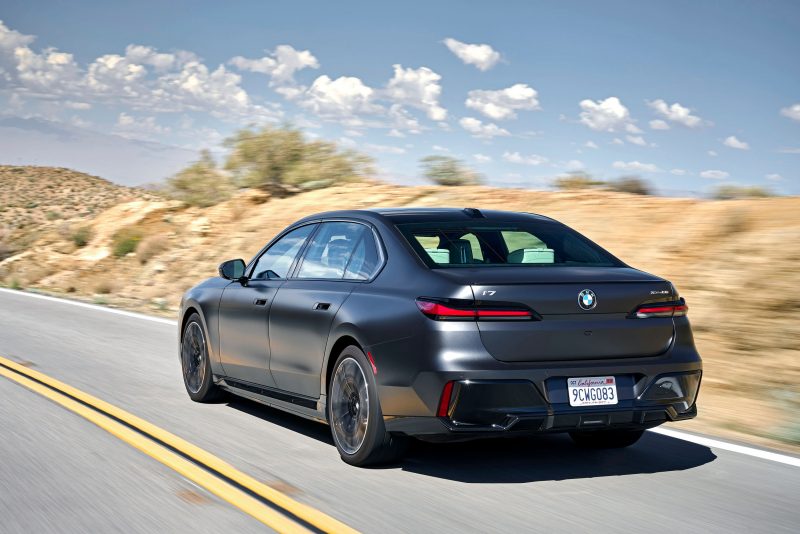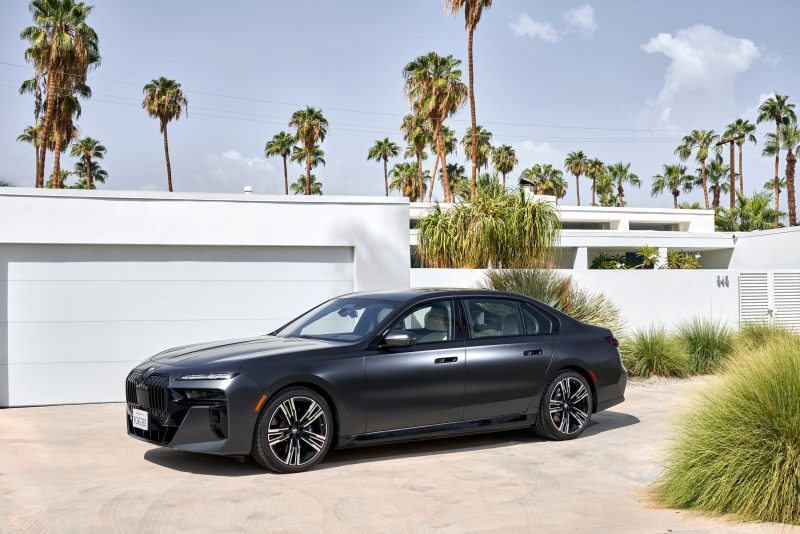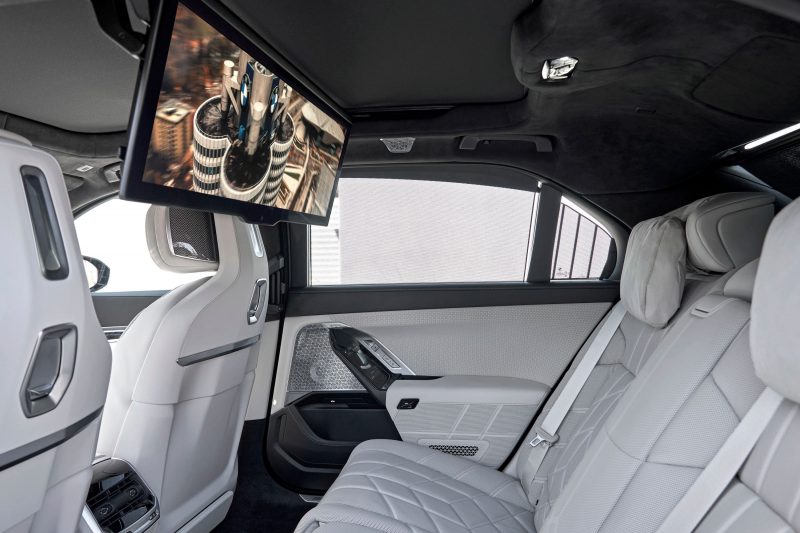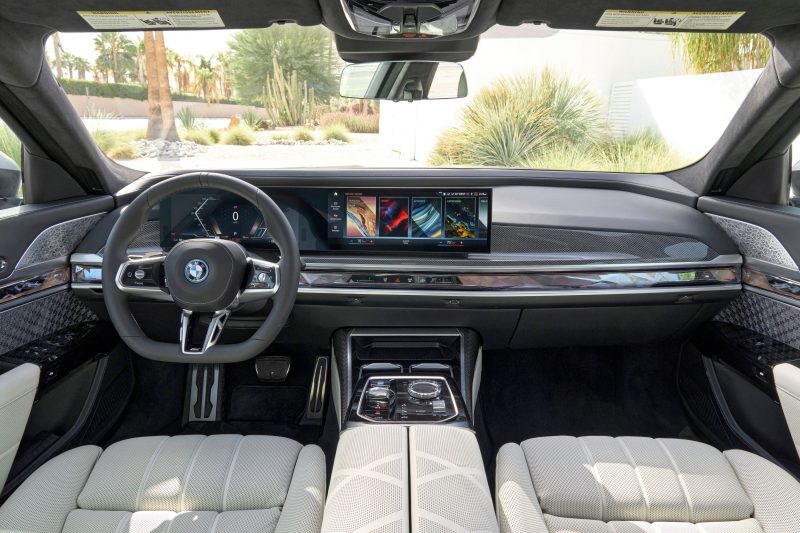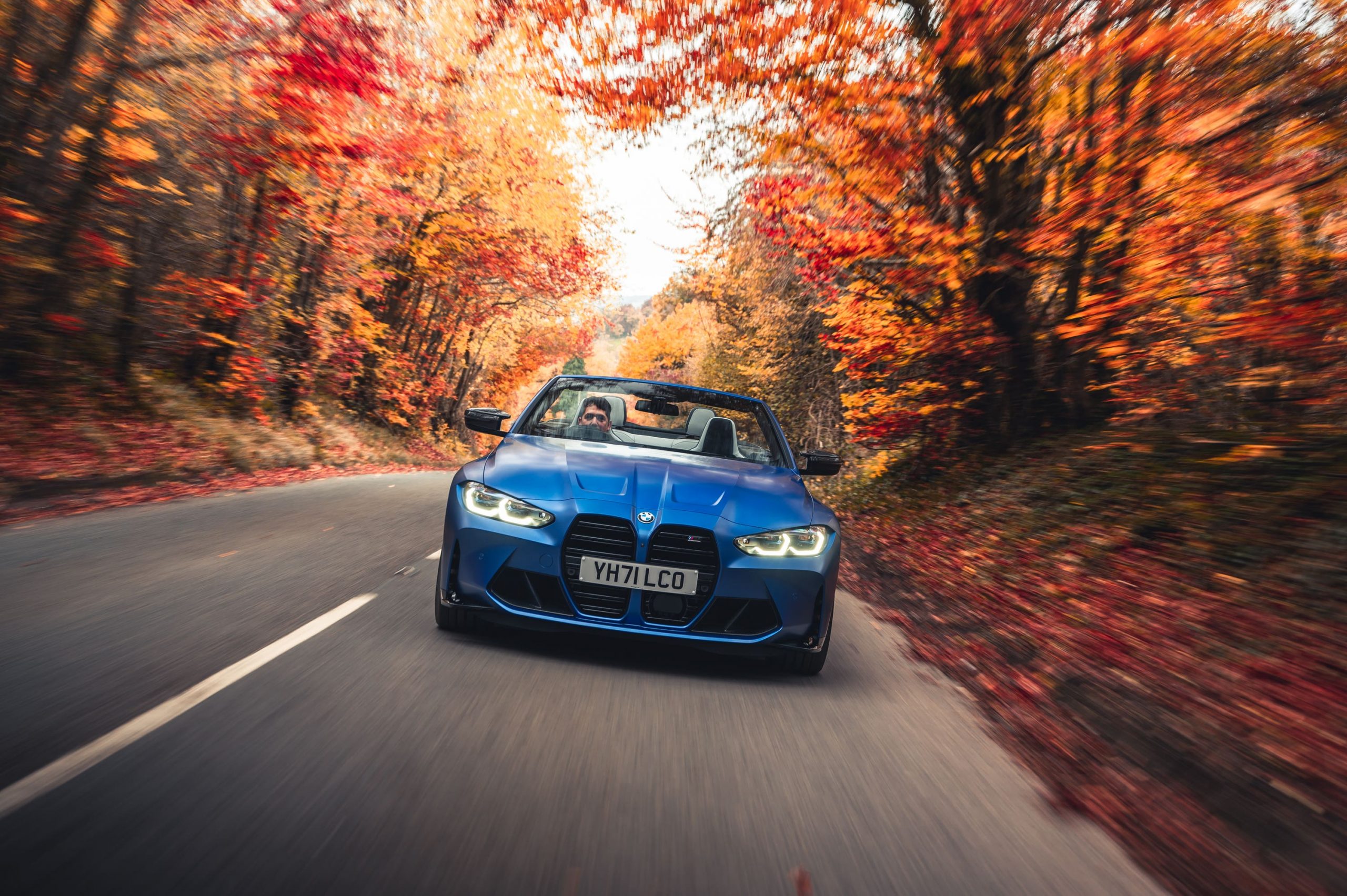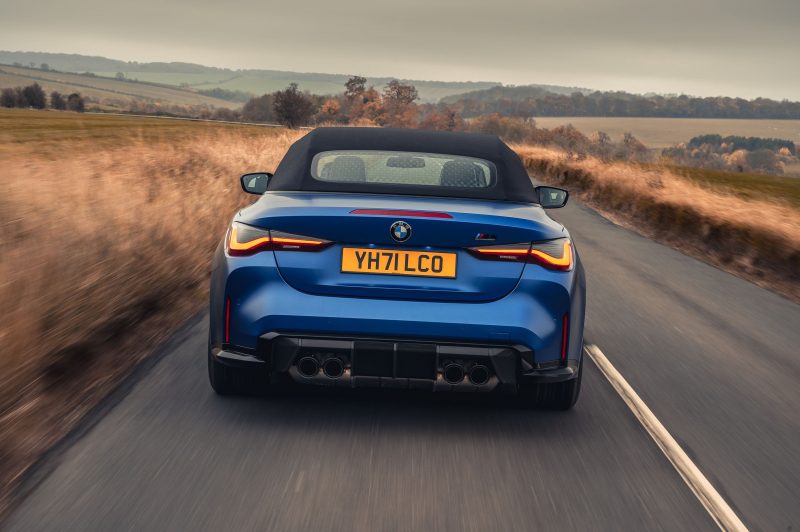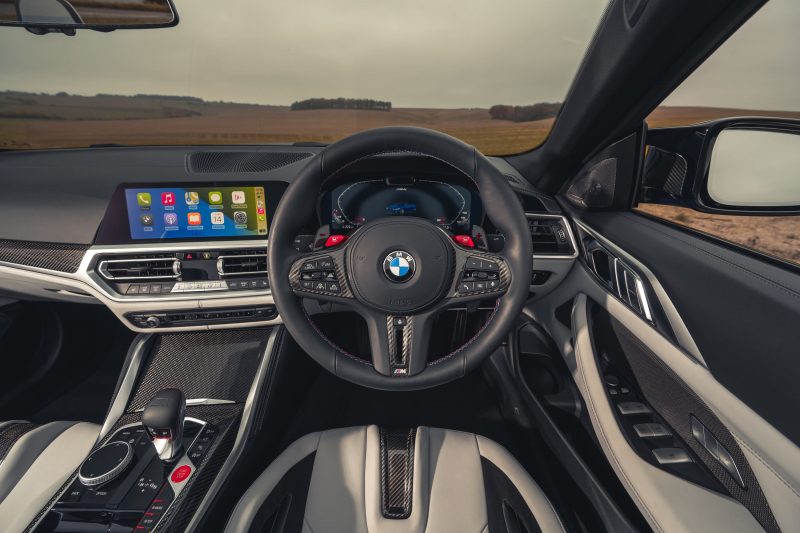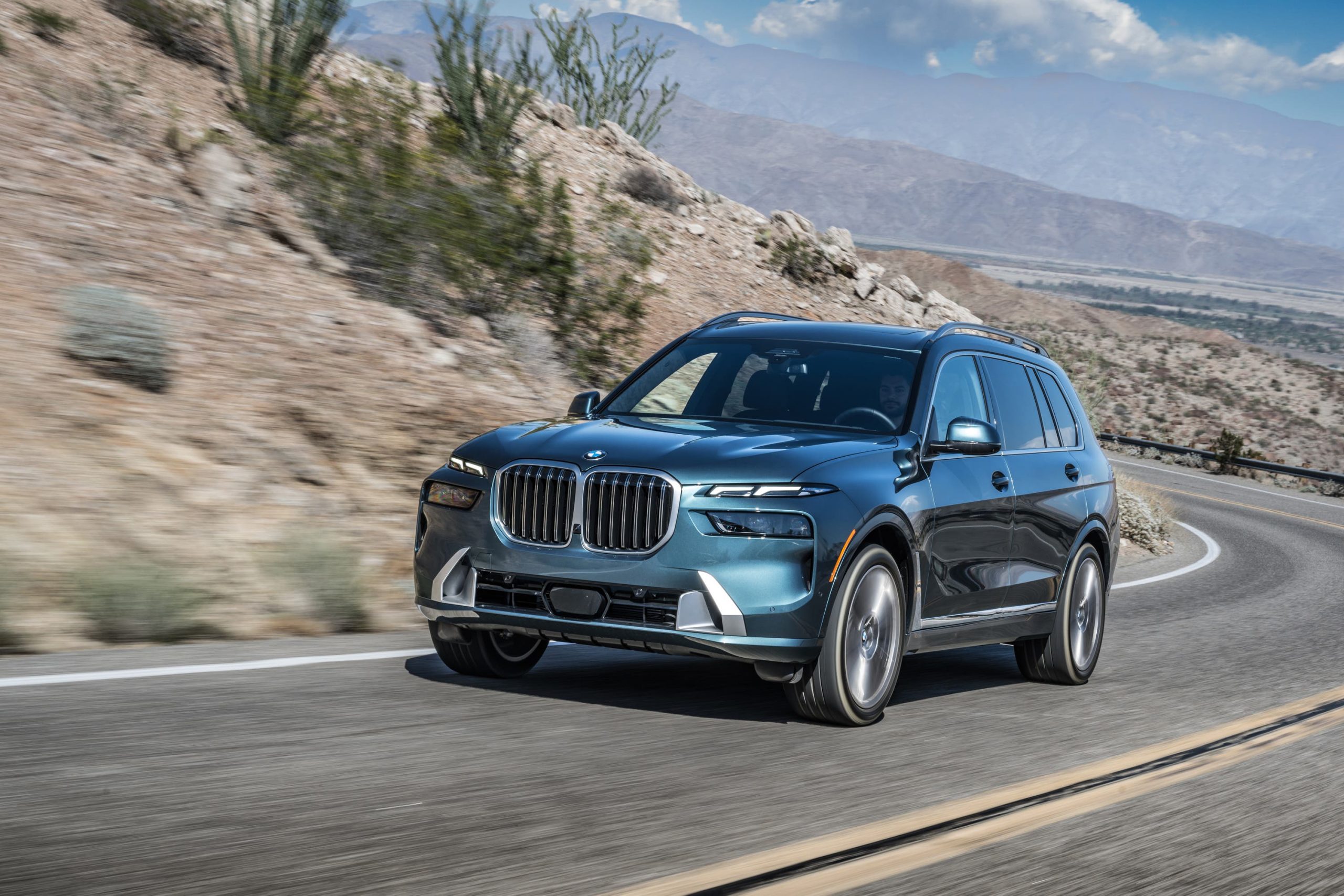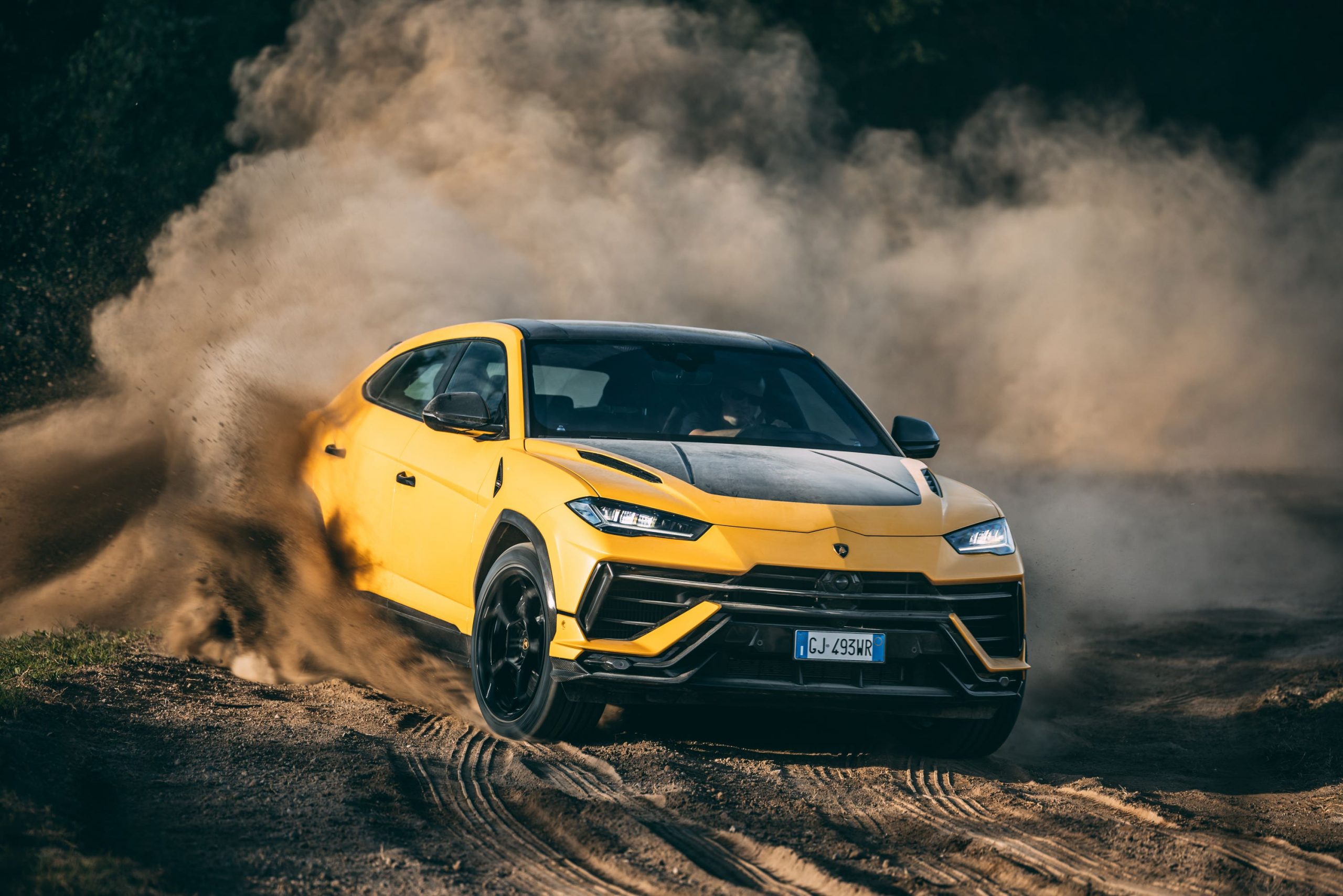James Baggott has taken delivery of the long-awaited Audi RS4 long termer and has already fallen in love.
Britain’s love of a pokey-engine-in-an-estate-car combination could easily rival its affection for fish and chips or cheese and pickle sandwiches.
As pairings go, a performance engine with the space to carry large loads in the boot is hard to argue with and I’ll freely admit I’m one of the admirers.
So when Audi offered us the chance to take custody of a potent RS4 for a few months I elbowed my way to the front of the keys queue.
This current model has been around since late 2019 and still looks and feels remarkably fresh – but what I, and you probably, really care about is the monster under the bonnet.
The 3.0-litre engine is twin-turbocharged which produces 444bhp and 600Nm of torque. That helps this family-friendly wagon hit 60mph in 4.1 seconds.
With a three-month-old in the clan, the combination of boot space and comfort when I have the team on board, compared to the option for some fun when they’re not, really was one I was looking forward to.
It’s been a long wait to get it, though. Audi let me choose the specification for our car back in February and I’ve only just taken delivery.
New car order times are a lot longer these days, thanks to a shortage of chips (micro, not potato) and just like everyone else I’ve been waiting patiently for my car to arrive.
That gave me plenty of time to pore over the spec I’d picked. I really wanted a green one, but that colour had dropped off the options list when I played around with the configurator, but the Nardo grey option was a very acceptable second choice.
The base price for the car is a rather prickly £76,800, but I’ve added £8,200 to that total with a few options. Highlights included a head-up display for £1,095, 20-inch wheels at £2,000 and the RS Sport exhaust system adding a further £1,250.
The best choice was the RS Sport suspension with dynamic ride control. While it might have added an extra £2k to the price, I’ve already found it makes for a wonderful ride.
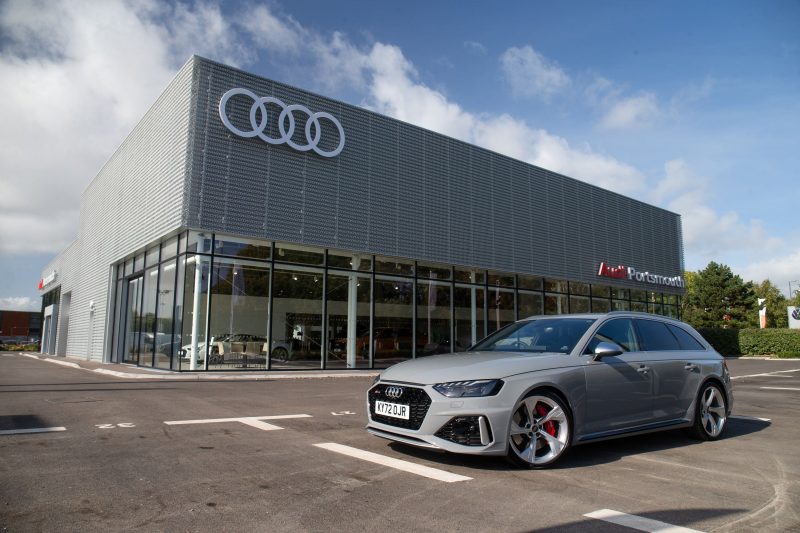
I picked the car up from Portsmouth Audi where salesman Drew Pilcher showed me around the car. The showroom has recently had a makeover and I must admit it felt quite special pulling the cover back in the handover bay, even if the car wasn’t really mine.
Still, that won’t stop me from enjoying it over the next few months. First impressions are this is a car that I will really fall in love with. It’s frighteningly rapid when it wants to be, but also incredibly comfortable.
The seats are brilliant – and have a massaging function too – and the steering is beautifully weighted. It makes a superb sound, especially on start up, with a deep, bassy rumble to that sports exhaust.
Pilcher helped set me up with the Audi app that connects to the car letting you lock and unlock the doors and a few other things too. I’m not sure it’s working properly, though, so I will have to investigate a little further before passing judgement.
I have also had to get used to frequenting my local petrol station again. The RS4 is, er, rather juicy. Around town, I’m getting about 18mpg if I’m lucky. On longer journeys, it’s more efficient thanks to 48v technology that lets it coast on motorways and an eight-speed gearbox – on one recent trip I got 33mpg, which for a performance car, is actually pretty good going. Let’s hope fuel prices don’t go up much further.
Facts at a glance
- Model: Audi RS4
- Price as tested: £85,000
- Engine: 3.0-litre twin turbo petrol
- Power: 444bhp
- Torque: 600Nm
- 0-60mph: 4.1 seconds
- Top speed: 155mph
- MPG: 28.5mpg (combined)
- Emissions: 225g/km CO2
- Mileage: 1,458


